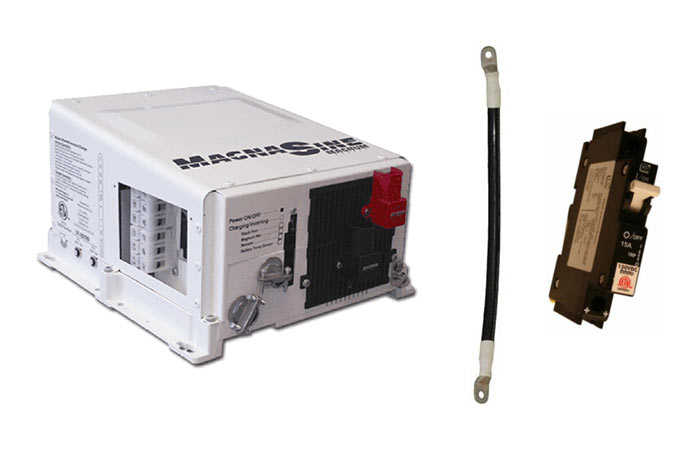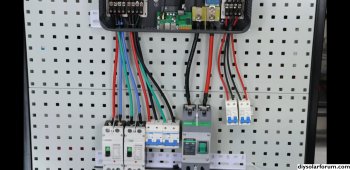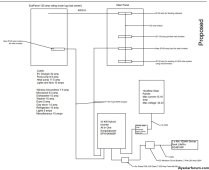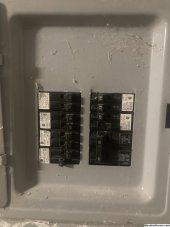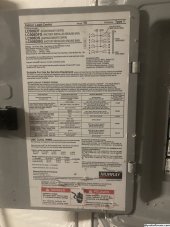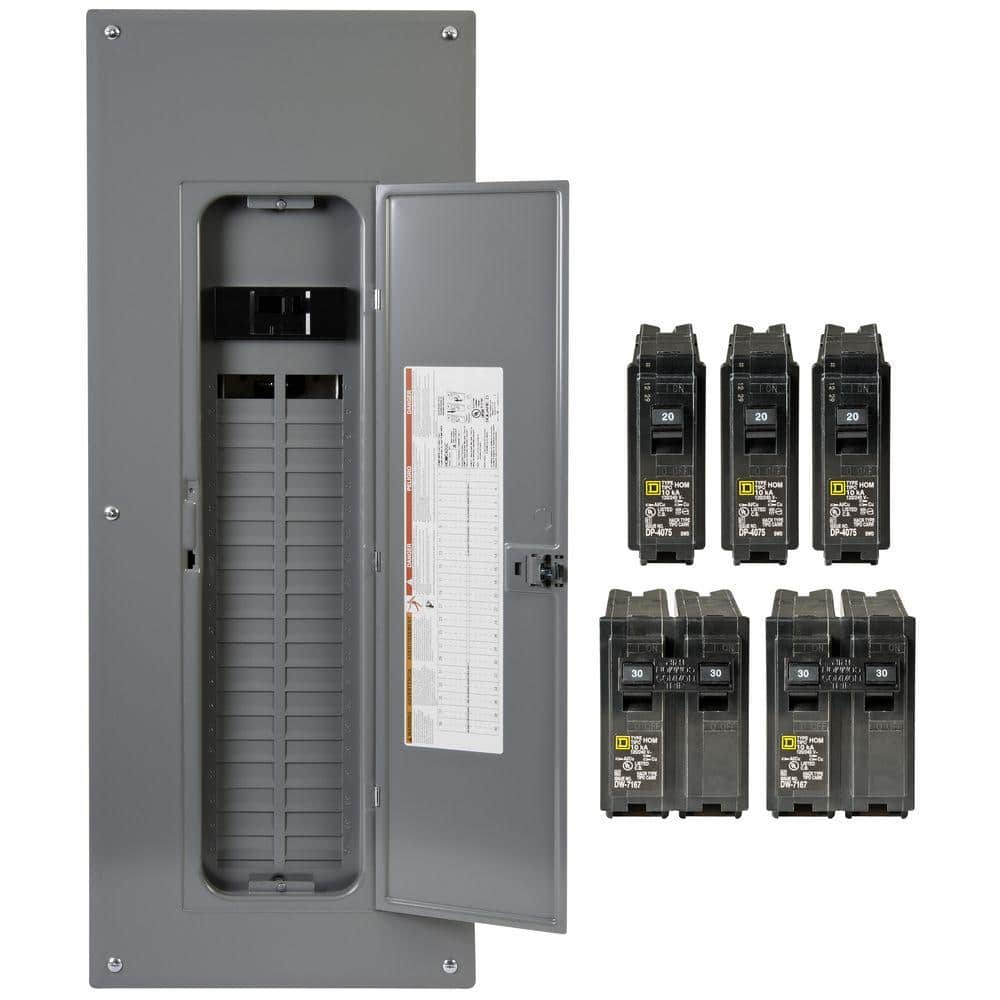Hello All,
I appreciate any guidance for a novice like myself as I’m trying to add capacity to my solar system. Currently, I have a 4.9 KW solar system using microinverters that is tied to the grid with net metering implemented. My main panel has a 125Amp main breaker. I don’t know what its busbar rating is, since it is somewhat old (house built around 1976) but I assume it is also 125Amp similar to the main breaker. Solar is connected to main panel through a 2P-30amp breaker placed at the bottom of the main panel. I also have a subpanel where a good chunk of my loads is located (pump, EV charger, heater…). The subpanel (main lug load center) has a 125Amp rating and is connected to the main panel through a 2P-60amp breaker located on the opposite side of the 2P-30A breaker used for solar.
I’m trying to add a separate solar system using 10KW Sungoldpower hybrid inverter (SPH10K48SP) along with 2 X 48V 100AH Server Rack Lifepro battery SG48100P that I want to use to add additional solar capacity. My plan is to configure the inverter to zero export to avoid overloading the subpanel.
According to the user manual of the inverter, it requires:
My questions are:
Thanks for any help!
I appreciate any guidance for a novice like myself as I’m trying to add capacity to my solar system. Currently, I have a 4.9 KW solar system using microinverters that is tied to the grid with net metering implemented. My main panel has a 125Amp main breaker. I don’t know what its busbar rating is, since it is somewhat old (house built around 1976) but I assume it is also 125Amp similar to the main breaker. Solar is connected to main panel through a 2P-30amp breaker placed at the bottom of the main panel. I also have a subpanel where a good chunk of my loads is located (pump, EV charger, heater…). The subpanel (main lug load center) has a 125Amp rating and is connected to the main panel through a 2P-60amp breaker located on the opposite side of the 2P-30A breaker used for solar.
I’m trying to add a separate solar system using 10KW Sungoldpower hybrid inverter (SPH10K48SP) along with 2 X 48V 100AH Server Rack Lifepro battery SG48100P that I want to use to add additional solar capacity. My plan is to configure the inverter to zero export to avoid overloading the subpanel.
According to the user manual of the inverter, it requires:
- 2P-25A breaker for PV input
- 3P-63A breaker for AC input
- 3P-63A breaker for AC output
- 2P-250A for Battery bank
My questions are:
- Can I use my existing subpanel to install the 3P-63A breaker needed for the AC inverter input? if yes, do I need to replace the existing 2P-60a breaker that exists in the main panel to control the subpanel?
- Would the 3P-63A breaker be used as AC input and output?
- Should the 2P-25A breaker be DC rated?
- Should any fuse be installed? if yes, what size?
- Where should I install the battery 2P-250a breaker?
Thanks for any help!



